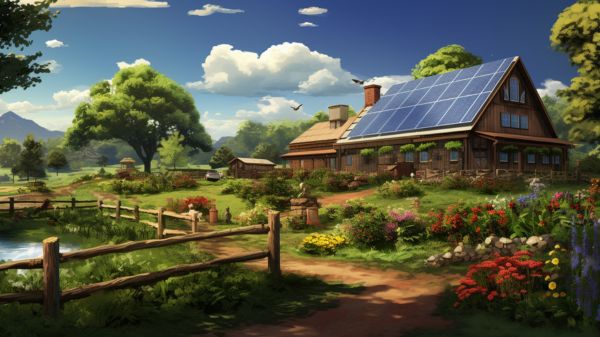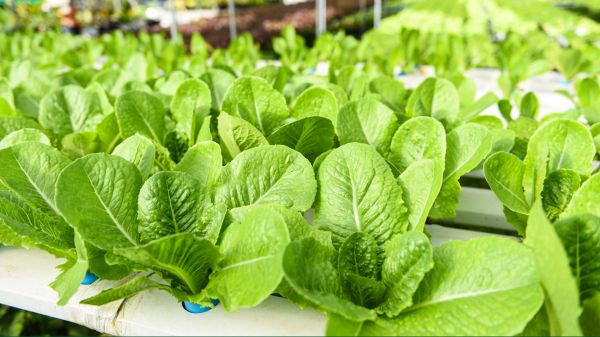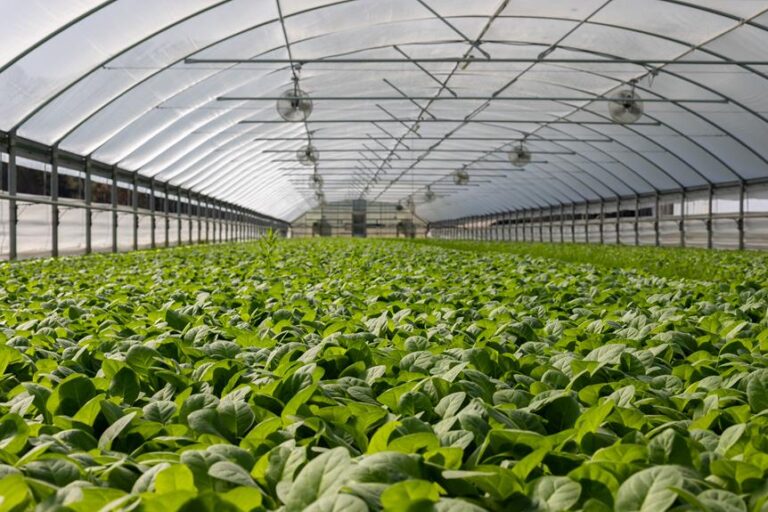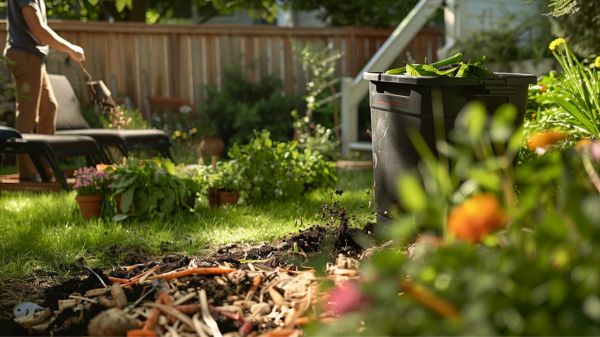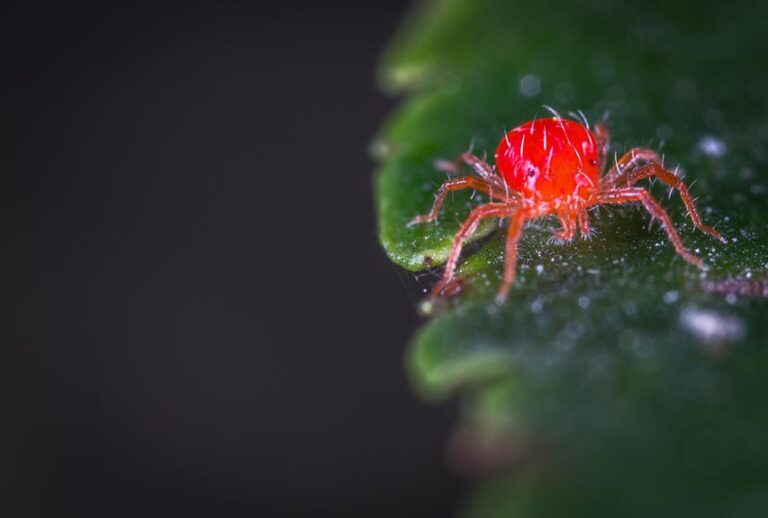What Steps to Take for Starting Sustainable Landscaping?
Are you concerned about the impact your landscaping has on the environment? We understand the desire to create a beautiful outdoor space while also being mindful of sustainability. That’s why we’re here to guide you through the steps of starting a sustainable landscape.
From assessing your current setup to choosing native plants and implementing water-efficient irrigation systems, we’ll help you create an eco-friendly haven that you can be proud of. Let’s embark on this journey together!
Assessing Your Current Landscape
We assess our current landscape to determine its sustainability and identify areas that need improvement. Evaluating resources and analyzing soil are crucial steps in this process.
By evaluating our resources, we can understand what we’ve available and how to optimize their usage. This includes assessing the availability of water, energy, and materials required for landscaping.
Additionally, analyzing the soil helps us understand its composition, fertility, and drainage capabilities. This information allows us to choose appropriate plants and make necessary adjustments to improve the overall health of the soil.
Through these assessments, we can create a landscape that’s sustainable, efficient, and thriving. By taking these steps, we can ensure that our landscape not only meets our needs but also contributes to the greater goal of building a sustainable environment for ourselves and future generations.
Identifying Sustainable Landscaping Goals
To establish a clear direction for our sustainable landscaping project, it’s essential to define our goals. Setting realistic expectations and creating a budget are two important aspects of this process.
When identifying sustainable landscaping goals, it’s crucial to consider what we hope to achieve with our project. Are we aiming to reduce water consumption, improve biodiversity, or create an outdoor space for relaxation and entertainment? Setting clear and specific goals will help us stay focused and measure our progress.
In addition, it’s important to set realistic expectations. We need to consider factors such as our available resources, time constraints, and the existing conditions of our landscape. By setting achievable goals, we can avoid frustration and ensure that our project is successful.
Creating a budget is another crucial step in identifying sustainable landscaping goals. We need to determine how much we’re willing to invest in our project, taking into account the costs of materials, labor, and ongoing maintenance. Having a clear budget will help us make informed decisions and prioritize our goals.
Choosing Native Plants and Materials
How can we ensure that our sustainable landscaping project is environmentally friendly and supports local ecosystems?
One important step is to choose native plants and materials. Native plants are well-adapted to the local climate and soil conditions, making them more resilient and requiring less water and maintenance. They also provide numerous benefits, such as attracting native wildlife, promoting biodiversity, and reducing the need for pesticides and fertilizers.
Using eco-friendly materials is another crucial aspect of sustainable landscaping. Opt for materials that are recycled, renewable, or locally sourced to minimize the environmental impact. This includes using recycled mulch, reclaimed wood, and permeable paving materials.
Implementing Water-Efficient Irrigation Systems
One important step for implementing water-efficient irrigation systems in sustainable landscaping is selecting appropriate methods and technologies.
Water conservation is crucial in sustainable landscaping, and using drip irrigation is an effective way to achieve this.
Drip irrigation delivers water directly to the roots of plants, minimizing water wastage through evaporation and runoff. This method also helps to prevent weed growth and disease by targeting the root zone and avoiding wetting the foliage.
Drip irrigation systems can be automated, allowing for precise control over water distribution and timing. By using drip irrigation, homeowners can significantly reduce water consumption and promote the health and longevity of their landscape.
It’s important to consider factors such as plant water requirements, soil type, and climate when selecting the appropriate drip irrigation system for sustainable landscaping.
Maintaining and Monitoring Your Sustainable Landscape
As we continue our sustainable landscaping journey, let’s explore the crucial step of maintaining and monitoring our sustainable landscape.
Effective monitoring techniques are essential to ensure the success and longevity of your sustainable landscape. Regularly inspecting your landscape will help you identify any issues or areas that may require attention. This includes checking for signs of pest infestation, disease, or nutrient deficiencies in plants.
Monitoring soil moisture levels is also crucial for proper irrigation management. By using moisture sensors or conducting regular soil tests, you can determine the optimal watering schedule and avoid over or under-watering.
Additionally, implementing soil management practices such as mulching and composting can improve soil health and fertility, promoting the growth of healthy plants.
Conclusion
Starting sustainable landscaping may seem daunting, but with the right steps, it can transform your outdoor space into an eco-friendly haven.
By assessing your current landscape, setting goals, choosing native plants, and implementing water-efficient irrigation, you can create a stunning and sustainable oasis.
Don’t underestimate the power of small changes – they can have a colossal impact on the environment and leave a lasting impression on your surroundings.
Get ready to be amazed by the beauty and sustainability of your new landscape!
